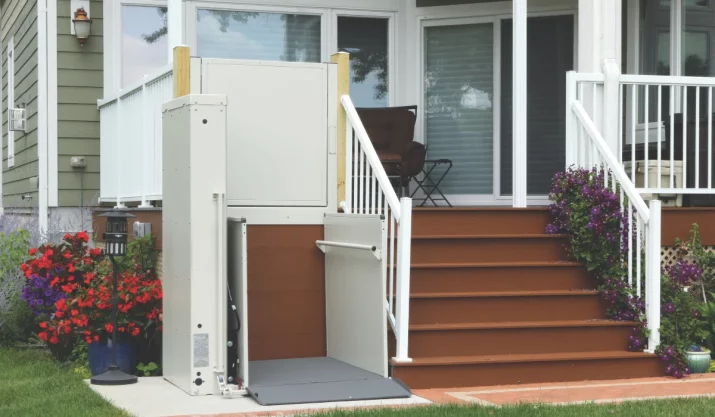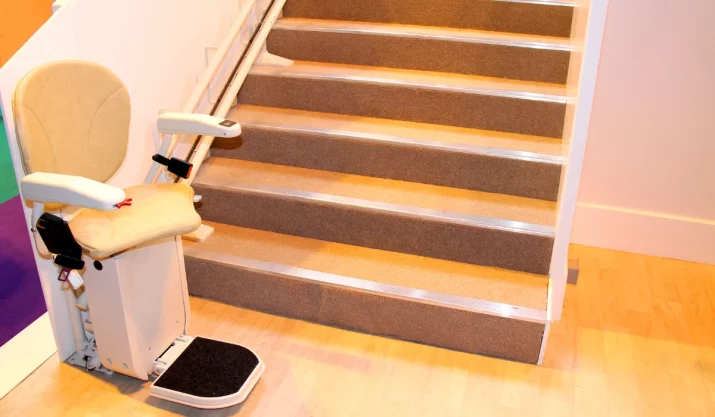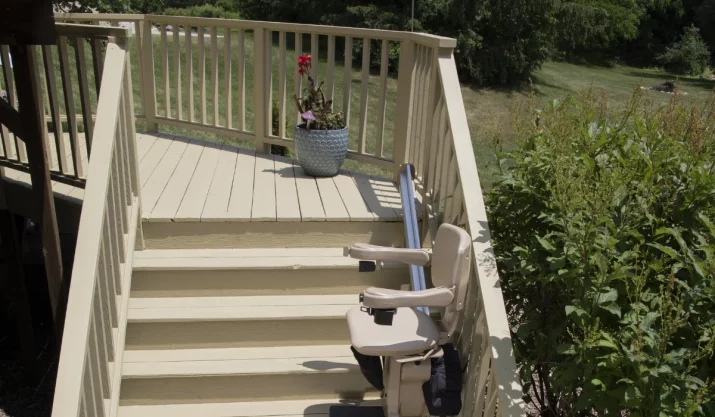Are Vertical Platform Lifts Worth It? A California Perspective

Table of Contents
- Key Takeaways
- What is a vertical platform lift?
- Where vertical platform lifts add value
- Vertical platform lift cost and what influences it
- Comparing VPLs with other accessibility solutions
- Popular VPL features to consider
- Is a VPL worth the investment for your California property?
- Final thoughts
- FAQs
If you or a loved one uses a wheelchair, scooter, or other mobility device, accessing different levels of your home or property in California can present daily challenges. You might be considering a vertical platform lift (VPL) as part of your accessibility solutions. But is it worth the investment? Let’s break down the value of vertical platform lifts, primarily through the lens of California living.
In this article, you’ll learn how VPLs compare to alternatives like stair lifts or wheelchair ramps, what affects vertical platform lift cost, and why these lifts could be a cost-effective, long-term solution for both residential and commercial settings.
Key Takeaways
- Vertical platform lifts offer a cost-effective and space-saving alternative to elevators for wheelchair and scooter users in California homes and businesses.
- VPLs handle elevation changes that would require overly long ramps, making them ideal for properties with limited space or steep access points.
- While the upfront cost may seem high, VPLs often offer long-term savings and convenience compared to more extensive renovations or elevator installs.
- Choosing the proper accessibility solution depends on your mobility needs, space constraints, and budget. VPLs often strike the right balance in many California settings.
What is a vertical platform lift?
A vertical platform lift (VPL), also known as a wheelchair platform lift or porch lift, is a motorized platform designed to transport users and their mobility devices vertically between levels. Think of it as a mini elevator, designed for shorter travel distances, typically with a lift height of under 14 feet.
Unlike inclined platform lifts, which follow the angle of a staircase, or stair lifts that carry only the person, VPLs accommodate wheelchairs, scooters, or other mobility devices, offering a larger platform size and higher weight capacity (often between 600 and 750 pounds).
Where vertical platform lifts add value
Enhancing accessibility
A vertical platform lift provides smooth, direct access between levels, eliminating the need for a
transfer out of a wheelchair or scooter. This is particularly important for users with disabilities who value independence and safety in their homes. VPLs also meet ADA requirements in many commercial settings, making them a practical option for businesses and public spaces.
Adapting to California properties
Many California homes and businesses feature raised entryways, decks, or multi-level outdoor spaces. A porch lift or VPL can address these elevation changes where wheelchair ramps would require too much space or would not fit the property layout.
Additionally, some models are designed to be weather-resistant, which is ideal for California’s varied climates, ranging from coastal moisture to desert heat.
Vertical platform lift cost and what influences it
So, what should you expect when budgeting for a VPL?
The vertical platform lift cost can range from about $8,000 to over $18,000, depending on factors like:
- Lift height and travel distance required
- Whether you choose an unenclosed or enclosed model
- Platform size and custom options
- Weight capacity and safety features
- Power source (many lifts are battery-powered for reliability during outages)
- Need for weather-resistant materials for outdoor use
- The complexity of professional installation
While the initial cost might seem high, many families find a VPL to be a cost-effective alternative to installing an elevator or making extensive structural changes.
Comparing VPLs with other accessibility solutions
When deciding whether a VPL is worth it, it helps to compare it to other options.
- Stair lifts work well for users who can transfer out of their mobility device and sit safely on the lift’s seat. However, stair lifts don’t transport a wheelchair or scooter.
- Wheelchair ramps can be great for short rises but become impractical for higher elevations, as they require long lengths to meet slope guidelines.
- Residential elevators offer full enclosure and higher lift heights but typically come with a significantly higher price tag and more complex construction needs.
In many cases, residential vertical platform lifts are a good middle-ground option, offering accessibility without the space and cost demands of elevators or long ramps.
Accessibility Solutions Cost Comparison
Here’s a quick comparison of standard accessibility options to help you determine which one best fits your needs and budget.
| Solution | Typical Cost Range (Installed) | Best For | Key Limitation |
|---|---|---|---|
| Vertical Platform Lift (VPL) | $8,000 to over $18,000 | Users needing to stay in their mobility device | Requires space for the platform area |
| Stair Lift | $2,000 – $10,000 | Users can transfer to a seat | Doesn’t carry a wheelchair or scooter |
| Wheelchair Ramp | $1,000 – $8,000+ (depends on length/material) | Slight elevation changes, budget-friendly options | Impractical for higher elevations |
| Residential Elevator | $30,000 – $50,000+ | Full multi-level home access with enclosure | High cost and structural work |
Note: These cost ranges reflect typical installed prices and may vary based on customization, location (including California labor and material costs), and site conditions.
Popular VPL features to consider
At California Mobility, we proudly offer Bruno vertical platform lifts, known for their quality, reliability, and safety. When choosing a Bruno lift, here’s what to look for:
- Warranty: Bruno lifts include strong warranty protection, typically covering parts and labor for several years.
- Remote control operation: Easy-to-use remote controls provide added convenience for the user.
- Safety features: Standard features include non-slip surfaces, emergency stop buttons, and guardrails for secure travel.
- Larger platform options: Bruno offers platform sizes to fit wider mobility devices or give extra space for comfortable use.
Is a VPL worth the investment for your California property?
Here’s the bottom line: If you or someone in your household uses a wheelchair, scooter, or similar mobility device, a vertical platform lift can add tremendous value, both in terms of day-to-day convenience and long-term accessibility.
Especially in California, where terrain and property designs vary so widely, VPLs offer a flexible solution that can be tailored to your specific space. Whether for your home, a small business, or another setting, the benefits of reliable, ADA-compliant access often outweigh the initial cost of a vertical platform lift.
Final thoughts
Choosing a vertical platform lift is a big decision, but it can bring lasting safety, independence, and convenience to your home or business. If you’re exploring options that fit your property, lift height, and budget, call California Mobility today. Our local team is ready to provide expert guidance and personalized recommendations to help you find the right solution.








